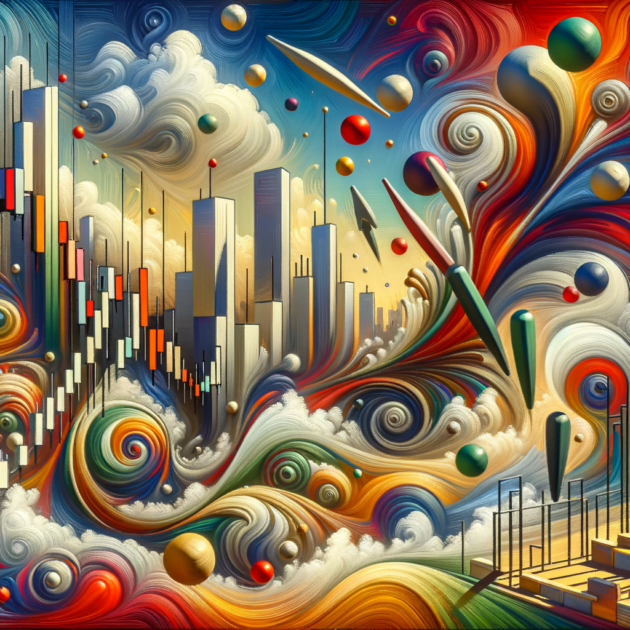Understanding Needs vs. Desires
As we navigate through our daily lives, we are constantly bombarded with advertisements, promotions, and societal pressures that urge us to spend money on things we may not necessarily need. It can be challenging to distinguish between our needs and desires, leading to impulsive spending habits that can have a significant impact on our financial well-being. In this article, we will explore the concept of needs versus desires and discuss how finding a balance in our spending habits is crucial for achieving financial stability.
- Needs: Needs are essential for our survival and well-being. These are things that are necessary for us to live a healthy and fulfilling life. Examples of needs include food, shelter, clothing, and healthcare. Meeting our needs is non-negotiable, as they are fundamental to our existence.
- Desires: Desires, on the other hand, are things that we want but do not necessarily need. These are often influenced by societal norms, trends, and personal preferences. Examples of desires include luxury items, expensive vacations, and the latest gadgets. While fulfilling our desires can bring temporary satisfaction, they are not essential for our survival.
It is important to understand the distinction between needs and desires to make informed decisions about our spending habits. By prioritizing our needs over our desires, we can ensure that we allocate our resources effectively and avoid falling into the trap of excessive consumption.
The Impact of Consumerism on Spending Habits
In today's consumer-driven society, we are constantly encouraged to buy more, upgrade to the latest model, and keep up with the latest trends. The rise of consumerism has led to a culture of overconsumption, where people are driven by their desires rather than their needs. This can have detrimental effects on our financial well-being, as we may find ourselves spending beyond our means in pursuit of material possessions.
- Statistics: According to a study conducted by Statistics Canada, the average household debt-to-income ratio in Canada reached a record high of 174.1% in 2020. This means that Canadians owe $1.74 for every dollar of disposable income they earn. This alarming statistic highlights the impact of consumerism on spending habits and the need for financial literacy.
- Historical Example: The Great Depression of the 1930s serves as a stark reminder of the consequences of unchecked consumerism. During this period, many people were left destitute as a result of excessive borrowing and speculative investments. The economic downturn that followed led to widespread unemployment and poverty, emphasizing the importance of responsible spending habits.
It is essential to break free from the cycle of consumerism and prioritize our needs over our desires to achieve financial stability. By adopting a more mindful approach to spending, we can make informed decisions about our purchases and avoid falling into debt traps.
Practical Exercise: Take inventory of your expenses for the past month and categorize them into needs and desires. Identify areas where you can cut back on unnecessary spending and reallocate those resources towards fulfilling your needs. By being conscious of your spending habits, you can take control of your financial future and achieve greater stability.
I'll conclude by adding that I'm doing my best to clarify and simplify these topics. But remember that these little essays are only the beginning, and I encourage you to continue reading, learning, and exploring. To assist you, here are a few books about economics that will prepare you for your journey into the world of finance:












